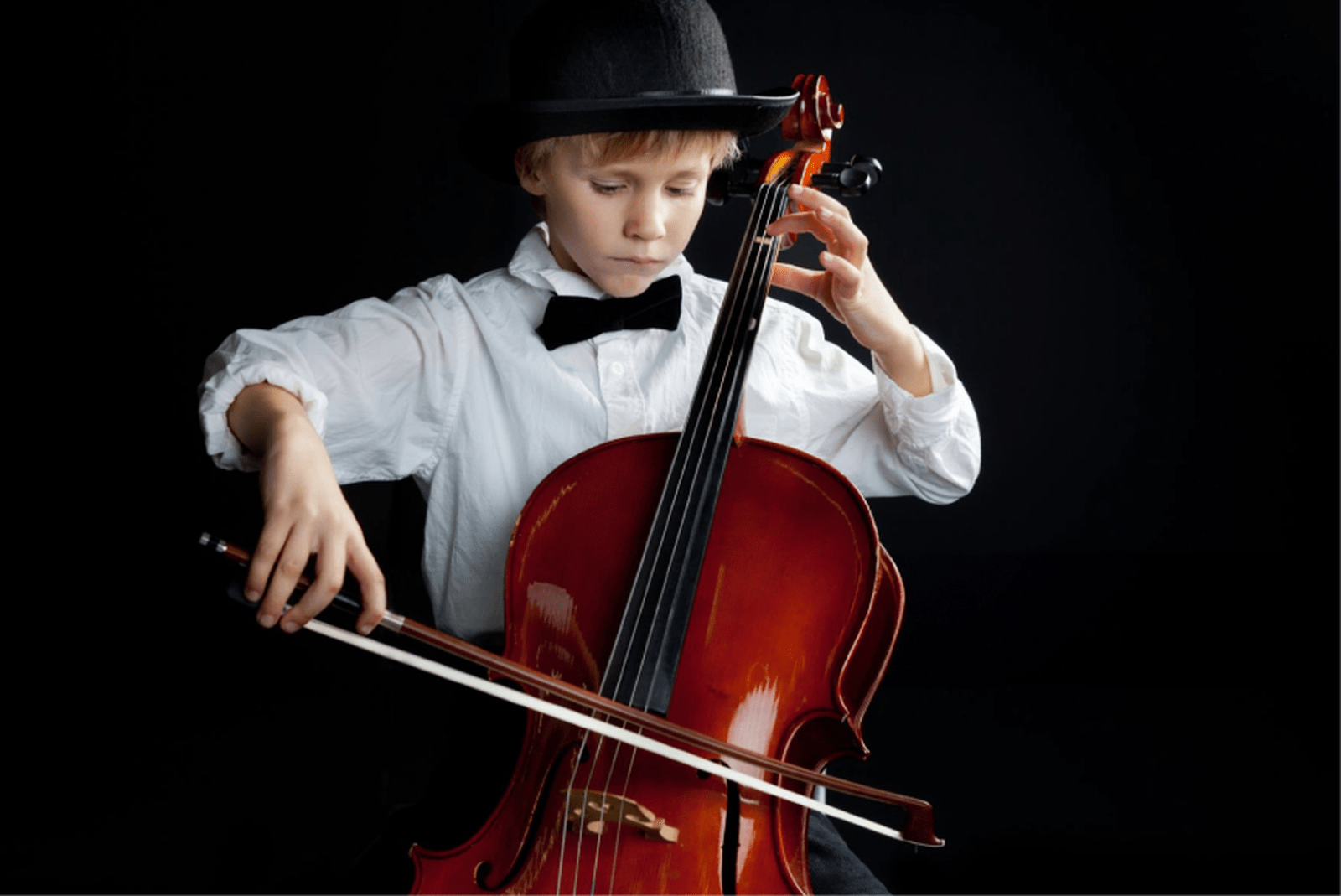The Role of the Cello in Chamber Music
11 August 2024
The cello holds an important and unique place in chamber music. With its deep, resonant sound and diverse expressive possibilities, the cello plays a crucial role in creating and enriching chamber works. In this article, we will explore how the cello contributes to chamber music and why it is an essential part of ensemble performance.
1. Functions of the Cello in Chamber Music
In chamber music, the cello can perform several important functions:
- Harmonic Support: The cello often provides the harmonic foundation in an ensemble, playing chords and creating the harmonic structure for other instruments. This is particularly important in string quartets and trios, where the cello helps to build harmonic progressions and maintain tonality.
- Rhythmic Foundation: In some works, the cello takes on a rhythmic role, providing pulse and structure to the musical material. This is especially noticeable in pieces where the cello plays alongside other string instruments or in piano trios.
- Melodic Line: The cello can be used to perform expressive melodies. Its rich and deep sound makes it an ideal instrument for conveying emotions and creating memorable melodic lines.
2. Historical Perspective
The history of the cello in chamber music begins in the Baroque era, when composers such as Antonio Vivaldi and Johann Sebastian Bach began to incorporate the cello into various ensembles and chamber works. During the Classical period, with works by Ludwig van Beethoven and Wolfgang Amadeus Mozart, the cello continued to develop as a key instrument in chamber music.
In the Romantic and late Romantic periods, with works by composers like Felix Mendelssohn and Johannes Brahms, the cello gained new opportunities for expressiveness and technical mastery. Modern composers such as Dmitri Shostakovich and Benjamin Britten have continued to expand the repertoire for the cello in chamber music.
3. Key Ensembles and Forms
The cello plays an important role in various chamber ensembles:
- String Quartet: In a string quartet, the cello often provides both harmonic and rhythmic functions. In classical string quartets, the cello supports the harmonic foundation and maintains the structure of the piece.
- Piano Trio: In a piano trio, the cello adds depth and richness to the sound, playing a crucial role in creating texture and harmony. The cello and piano often exchange melodic lines, creating a complex and multi-layered sound.
- Chamber Ensembles with Various Instruments: In ensembles that include various instruments, the cello can adapt to different musical styles and functions, from rhythmic support to the performance of complex melodies and counterpoints.
4. Role of the Cello in the Modern Context
In the modern musical context, the cello continues to be an important instrument in chamber music. Contemporary composers and arrangers actively use the cello in new works, exploring its possibilities and expanding its role in various ensembles.
- Experimental Works: Contemporary pieces often include experimental playing techniques for the cello, such as tapping on the body or tremolos, which add new textures and sound effects.
- Interdisciplinary Projects: The cello is also actively used in interdisciplinary projects, combining music with theater, dance, and other arts, demonstrating its versatility and adaptability.
Conclusion
The cello plays an irreplaceable role in chamber music, providing harmonic, rhythmic, and melodic support. Its rich and expressive sound makes it a key instrument in various chamber ensembles and forms. From historical works to modern experiments, the cello continues to inspire and enrich chamber music, remaining a vital part of the musical world.




